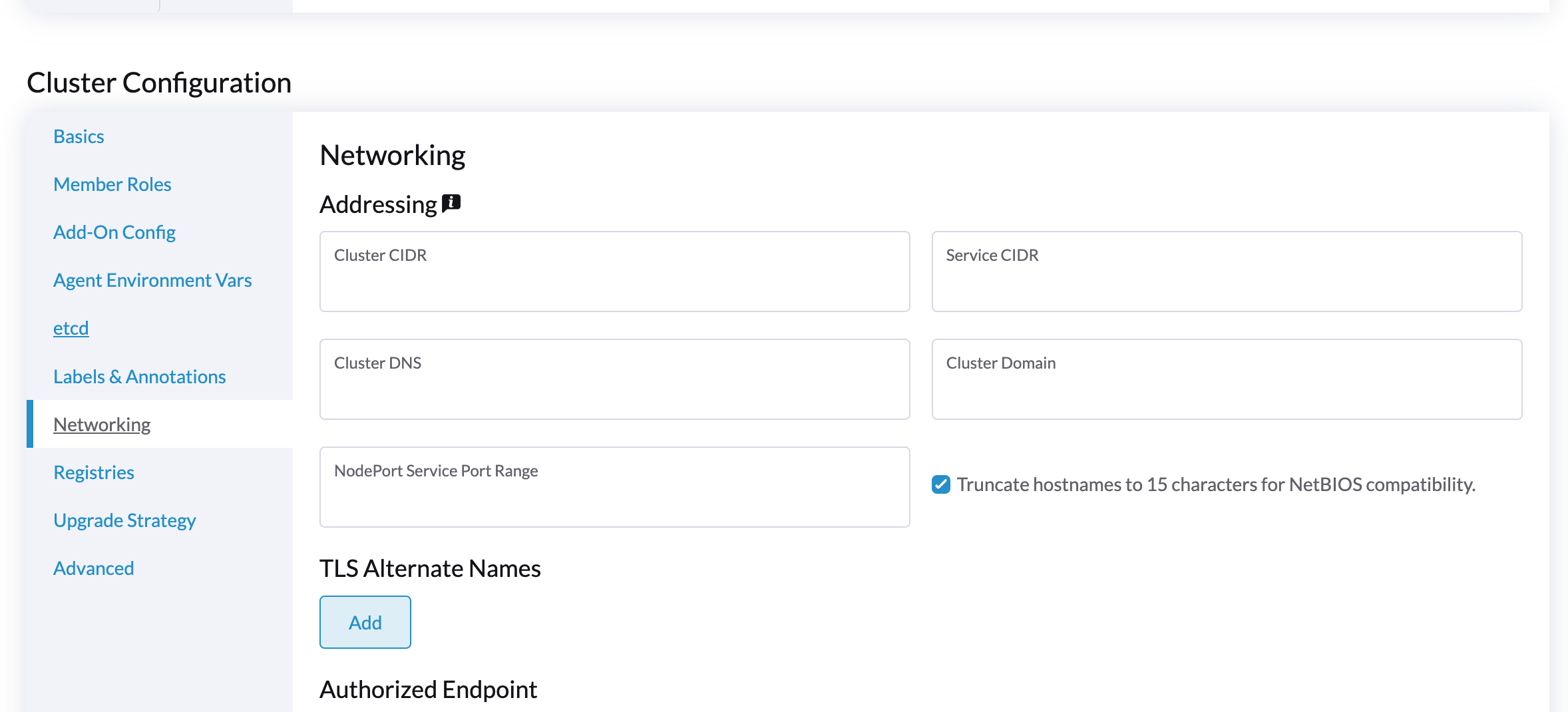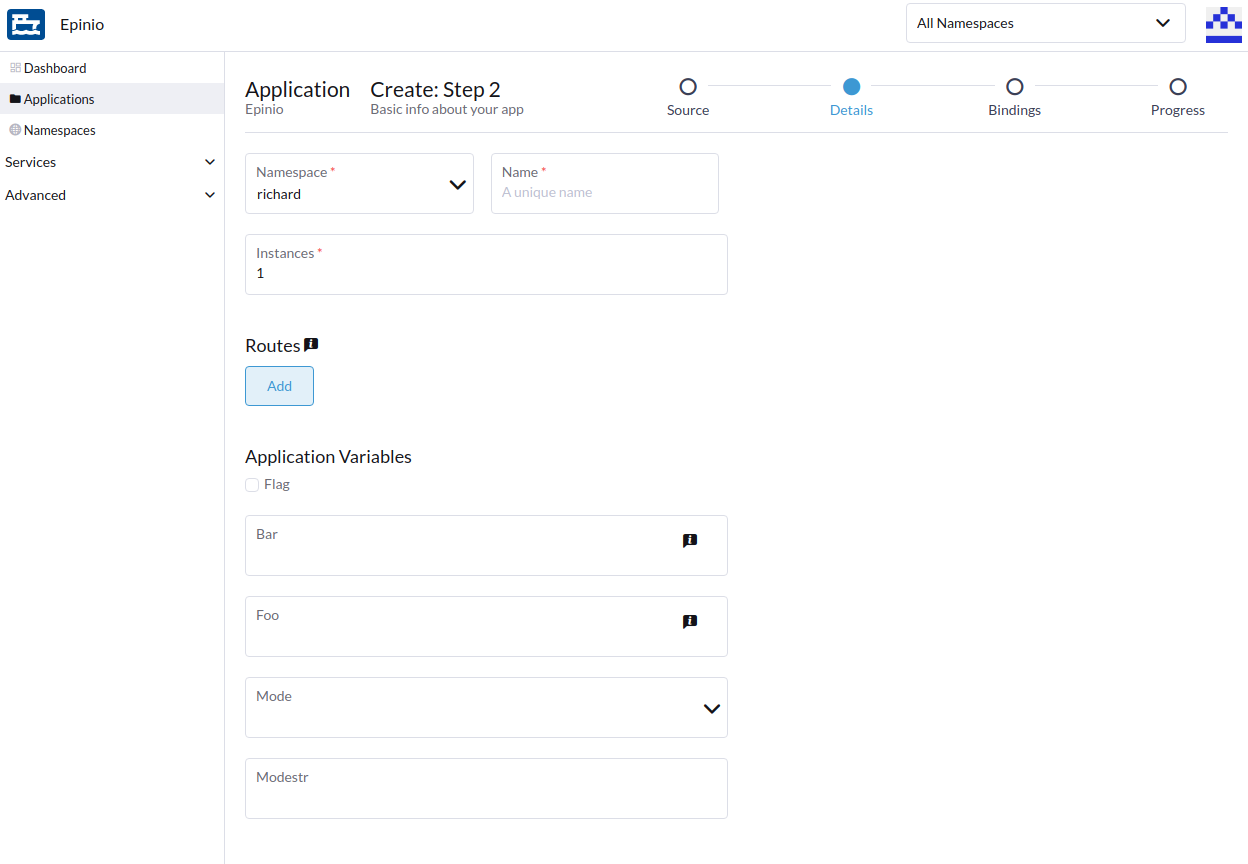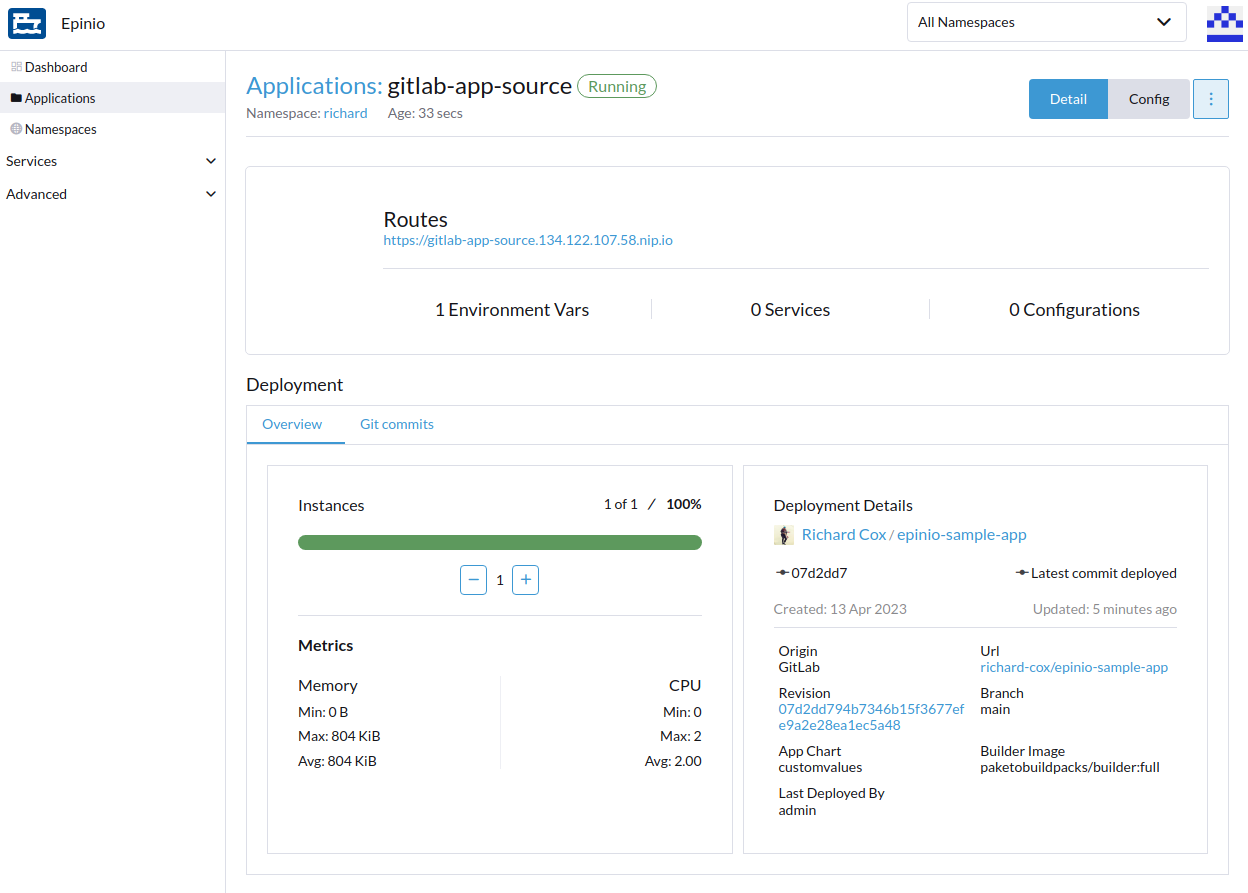The Rancher UX/UI team
Our Team
As a team, we are dedicated to creating intuitive, user-friendly interfaces that make it easy for our customers to manage their containerized applications at scale. We strive to provide a seamless experience that simplifies complex tasks and enables users to focus on what matters most - their business objectives.
We believe that good UX is a combination of empathy, user research, and iterative improvement - we are committed to constantly improving our UI based on user feedback.
Our Goals
-
Improve productivity: Make it easier for users to complete tasks quickly and efficiently. This can lead to improved productivity and a more efficient use of time and resources.
-
Increase adoption: Make the software more approachable and easier to learn, which can increase adoption rates and reduce training costs.
-
Reduce errors: Reduce the likelihood of errors and make it easier to recover from mistakes.
-
Better user satisfaction: Make the software more enjoyable to use, which can lead to increased user satisfaction and better overall user experiences.
-
Competitive advantage: Give companies a competitive advantage by providing users with a better experience and making the software more appealing to use.

















